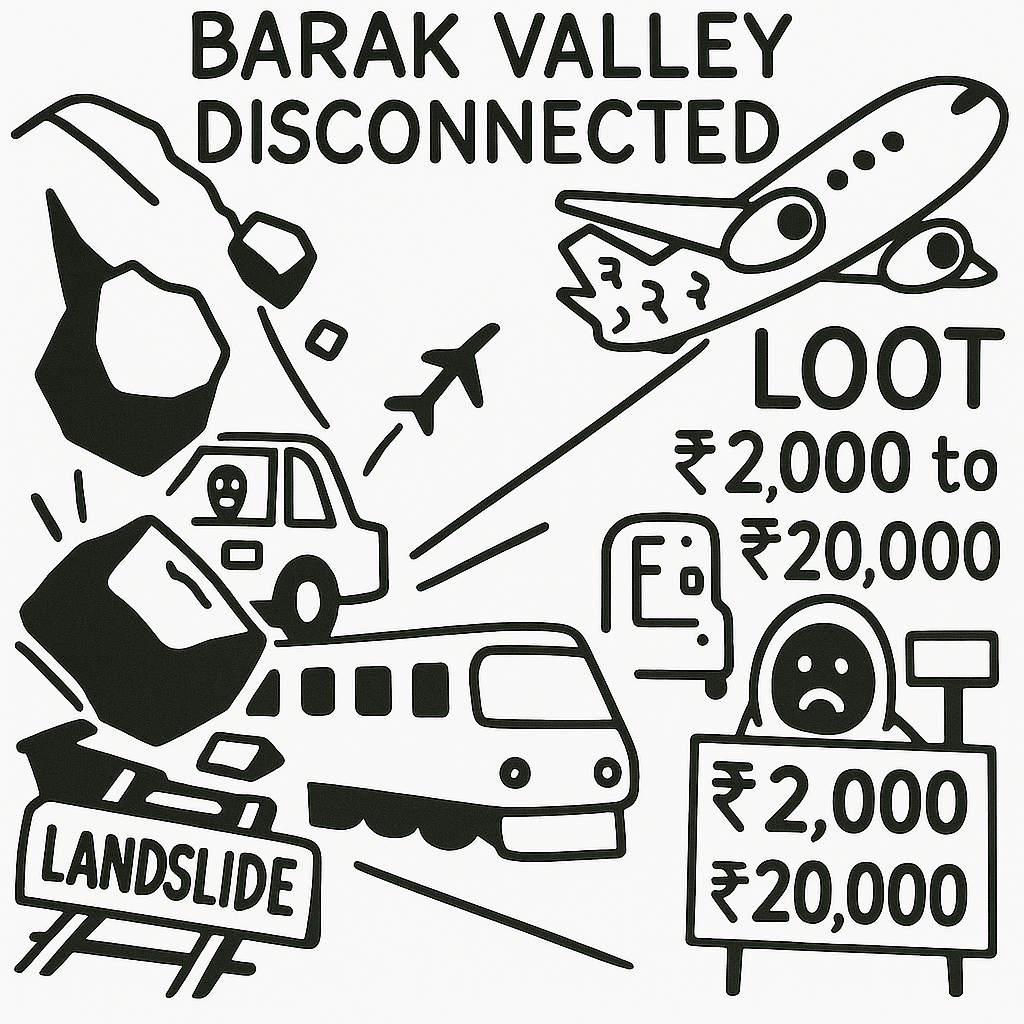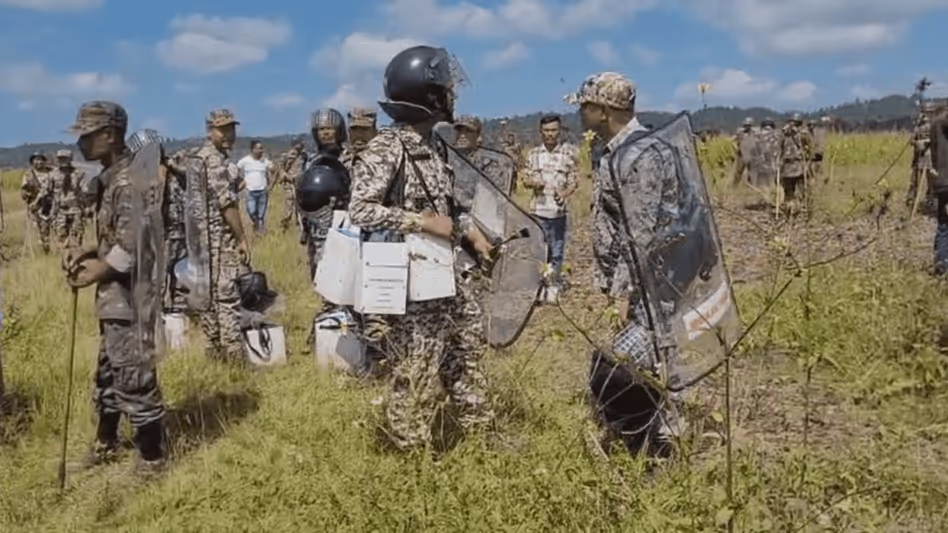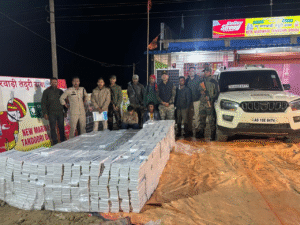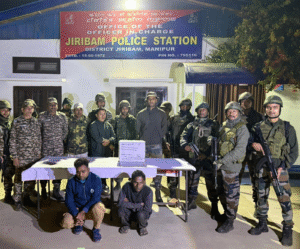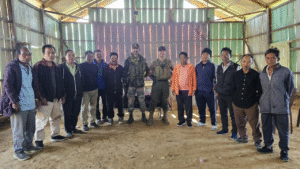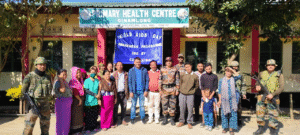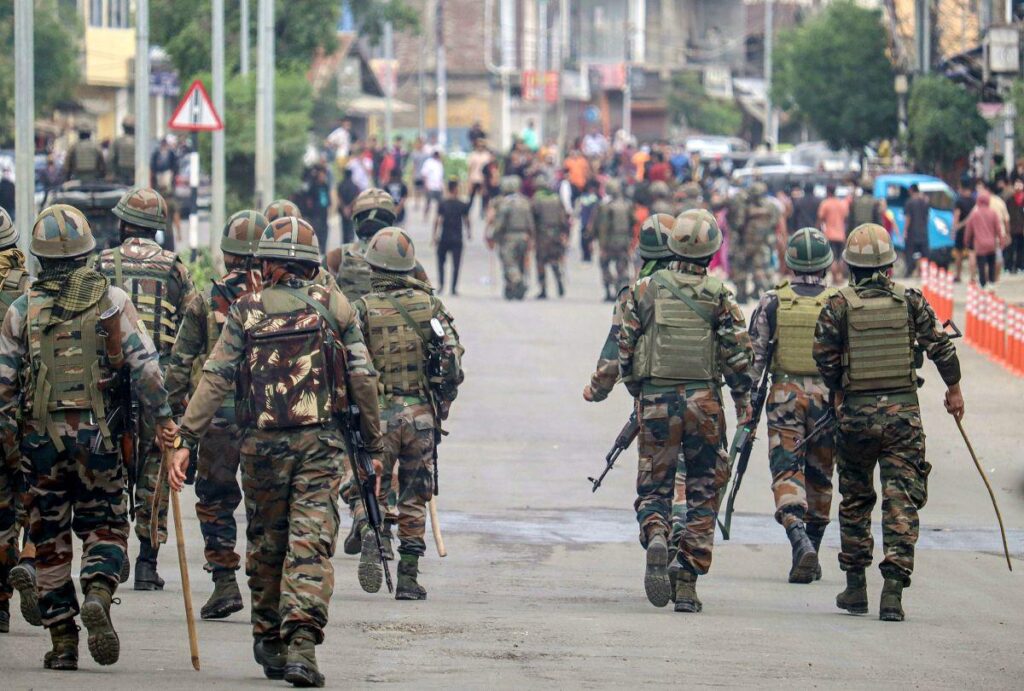
Jiribam’s Journey Through Tragedy: A Story of Violence, Loss, and Hope
Nestled along the western edge of Manipur, the district of Jiribam had long been a place of tranquility, where its residents found solace in the peaceful rhythm of everyday life. Yet, in recent weeks, this calm has been violently disrupted. What began as a series of tragic events has left 19 dead, homes destroyed, and communities torn apart. The people of Jiribam, who once found peace in their serene surroundings, now find themselves at the mercy of a relentless wave of violence.
The Unraveling of Peace
The troubles began on November 7, when Zairawn village was set ablaze. Eighteen homes were reduced to ashes, and amidst this destruction, the horrifying abduction and murder of a 31-year-old woman occurred. Abducted, brutally assaulted, and left to die in flames, her death sent shockwaves throughout Jiribam, igniting tensions that had been simmering for months.
Just days later, on November 11, those tensions boiled over into violence. Armed cadres stormed a settlement in Borobekra, and a fierce gunfight erupted between militants and security forces. Ten attackers were killed, described by officials as militants, though local voices claimed they were volunteers defending their community. The situation grew even more tragic when six members of a family were forcibly taken and later found dead in the Barak River. Among the victims were women and children, underscoring the devastating human toll of the conflict.
Assam Rifles: A Fragile Intervention
As violence spread, Assam Rifles quickly responded, working to restore order in the district. In one pivotal moment, Assam Rifles intervened when a civilian was killed by Manipur Police Commandos, and locals began to protest. Tensions soared, but the swift action of the Assam Rifles helped de-escalate the situation, preventing further violence. Their calm and measured approach brought a rare moment of hope in an otherwise chaotic environment.
The Government’s Response and Challenges Ahead
In response to the mounting violence, the government reimposed the Armed Forces (Special Powers) Act (AFSPA) in Jiribam, granting security forces broad powers to control the unrest. The National Investigation Agency (NIA) was assigned to investigate the district’s most serious cases, signaling the central government’s commitment to bringing those responsible for the violence to justice.
However, while these actions may help restore a measure of control, the road to lasting peace will not be easy. The scars of this violence run deep, and the community’s wounds will take time to heal. But there are signs of hope.
A Call for Reconciliation
Local leaders from both the Meitei and Kuki communities must step forward and speak out against the violence. They must encourage their people to abandon unlawful actions and instead seek dialogue and cooperation. Civil society organizations have a critical role to play, organizing peace-building efforts to heal the divisions between communities.
For many in Jiribam, the weight of loss is a shared burden. But it has also sparked a resolve to end the cycle of violence. The people of Jiribam are determined to rebuild, to put aside the hatred that has taken root, and to work toward a future where peace prevails.
The Way Forward
The path to recovery remains uncertain. Internet services have been suspended to curb misinformation, further isolating Jiribam. Security forces remain vigilant, and political leaders continue to call for calm and unity. Despite these challenges, the proactive efforts of the Assam Rifles offer cautious optimism. Their intervention, along with the investigative work of the NIA, presents Jiribam with a chance to rebuild its shattered community.
However, the journey to lasting peace will require more than just security measures. It will demand trust, understanding, and collective action from all residents. The future of Jiribam will depend on the willingness of its people to come together, to heal the rifts that divide them, and to build a more peaceful and prosperous future.
Hope Amid the Ruins
As Jiribam grapples with the aftermath of tragedy, there is still hope. The memory of the 19 lives lost serves as a stark reminder of the stakes involved. Yet, in the midst of grief, the people of Jiribam are beginning to dream of a brighter tomorrow. Their resilience, their courage, and their determination will ultimately define whether this moment marks the beginning of lasting peace or another chapter in the district’s troubled history.
Jiribam’s story is not just one of violence and loss. It is also one of hope, healing, and the possibility of reconciliation. The future of the district lies in the hands of its leaders, its security forces, and every individual who calls Jiribam home. Together, they have the power to rebuild and redefine their future.

